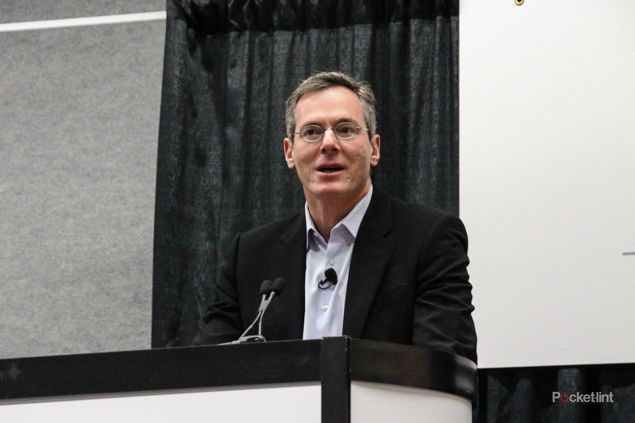Qualcomm is one of the companies at the forefront of augmented reality development. Its Vuforia mobile platform is behind many of the advancements in AR applications for phones and tablets. However, the company's boss is not a big fan of wearable AR - Google Glass included.
The problem, Pocket-lint was told by Qualcomm CEO Paul Jacobs, is that fully immersive AR glasses give him and others painful headaches. "I spent a lot of time on glasses at one point," he said. "And the issue for me is that the ones that were very immersive I would get a headache from.
"The stats are that some percentage of people get a headache from them. I think that any consumer product that’s giving a high percentage of people a headache is pretty hard to sell. So, a fully immersive glass is tough."
The main developments in wearable augmented reality, however, aren't quite so immersive. Google Glass, for example, has a small readout on the periphery of one eye. But that also presents Jacobs with a problem.
"Will people go for things like Google Glass, where they look down the side? I had a pair of ski goggles – Zeal goggles – that did that," he explained. "They were pretty cool, but I got a little distracted."
Jacobs told us that Qualcomm will concentrate instead on a different kind of wearable technology, one that straps to your wrist, rather than your head. "Right now we’re more focused on things like smart watches - always-on display on your wrist - those kinds of ideas as opposed to glass," he said.
"We’ll support the partners working on glass too, it’s just our focus right now is more on the other stuff."
There were certainly plenty of smart watches and the like at CES 2013. Casio has followed up its Bluetooth G-Shock GB-6900AA watch with a G-Shock GB-5600A. Wearable superthin E Ink displays and the Kickstarter sensation, Pebble, were also shown during the event.

